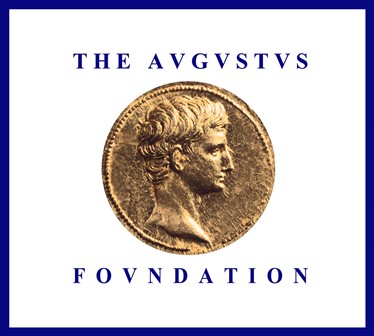
|
 |
- Home
- News
- Team
- Databases
- Conferences
- Oxford Studies on the Roman Economy
- Coin Hoards of the Roman Empire Project
- Affiliated Projects
- Publications
- Bibliographies
- Working Papers
- Links

Flohr: Demand, Scale, and Rationalization: The Fulling Factories of Ostia and Rome
21-12-2011 | ||||
Demand, Scale, and Rationalization: The Fulling Factories of Ostia and Rome This paper uses the material remains of large-scale fulling workshops (fullonicae) from Ostia and Rome to discuss how the extremely high demand for all kinds of goods in Rome and the surrounding metropolitan area could transform the ways in which this demand was met and resulted in forms of organization and patterns of investment that were unique in the ancient world and seem to have few parallels in world history before the industrial revolution. Fulling was a procedure that aimed at polishing or recovering woolen garments, particularly mantles and cloaks, both new and used. While fulling in the Roman world is often considered part of the textile production chain, it actually was closely affiliated with trade and consumption; the evidence, especially from Rome and Ostia, strongly suggests that fulling of new clothes was often importrelated and primarily oriented toward local demand; the large fullonicas of Ostia and Rome dealt with clothes that had been produced elsewhere and were destined to be sold on the metropolitan market. This makes these workshops an ideal data set to discuss the transformative effects of the Roman metropolis on the scale and organization of supply. Comparing the large fullonicae of Ostia and Rome with those at Pompeii, one can sketch a fairly detailed picture of the relative scale of these workshops and of the social and economic contexts in which they operated. This paper shows that there was a sharp contrast between the relatively small-scale, family-run workshops at Pompeii and the large-scale fulling factories at Ostia and Rome, and argues that this contrast was caused by the extremely large structural demand for new clothes on the metropolitan market, which made it attractive for traders to invest in largescale fulling facilities and enjoy economies of scale. It is also argued that the social and economic consequences of their choices must not be underestimated; these fullonicae are at straight odds with what we conceive of as 'pre-industrial,' and their remains show how, at least in the city of Rome and its environment, the economy to a certain extent shaped society rather than the other way around. |
Webdesign, databasedesign: Miko Flohr, 2010-2024. Content: OXREP, 2005-2024.